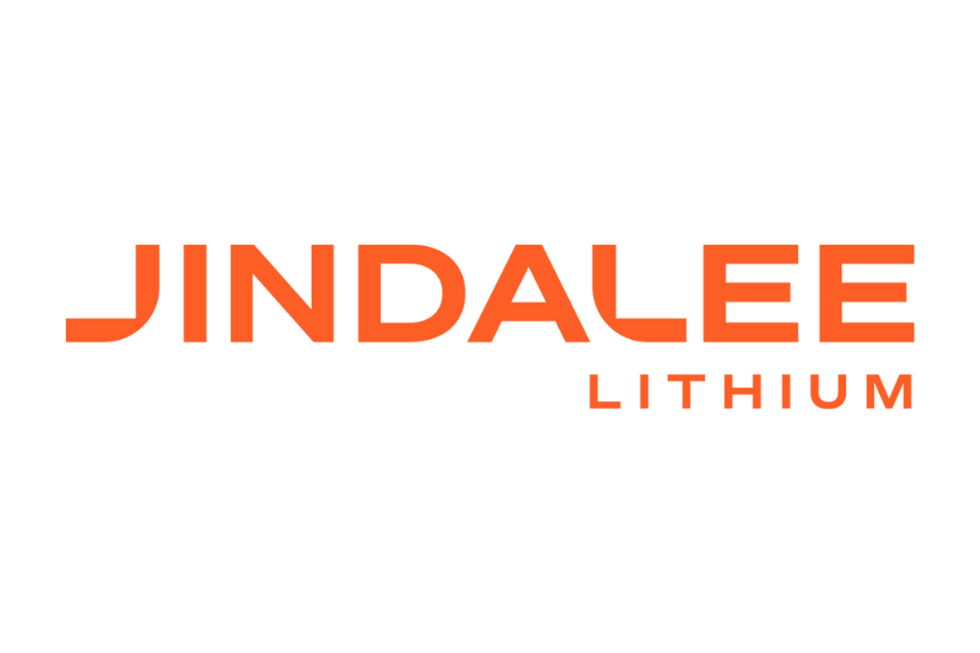Neo Lithium Announces New Positive Drill Results and Significant Initial Pump Tests for 3Q Project

Neo Lithium (TSXV:NLC) has announced results from ites ongoing drilling program at the Tres Quebradas lithium brine project in Argentina. As quoted in the press release: The main target of the 3Q Project is known as the Northern Target, an area originally identified by surface sampling with an average lithium concentration of 895 mg/L and …
Neo Lithium (TSXV:NLC) has announced results from ites ongoing drilling program at the Tres Quebradas lithium brine project in Argentina.
As quoted in the press release:
The main target of the 3Q Project is known as the Northern Target, an area originally identified by surface sampling with an average lithium concentration of 895 mg/L and potassium concentration of 7,694 mg/L that extended for approximately an area covering 4 km by 14 km (please refer to Neo Lithium’s press release on July 20th, 2016 and the Company’s current technical report).
The drilling plan for the season was to complete five drill platforms (with two holes in each platform) in the Northern Target to test the target at depth and three drill platforms (with two holes in each platform) outside the Northern Target to test at depth the areas with surface low lithium grade. This press release present chemical results of 4 drill holes in 3 platforms from the Northern Target and 2 drill holes from 2 platforms outside the Northern Target. No further drill hole results have been received as of this press release and the Company will continue to inform the market as additional information is available.
The Company currently has three rigs drilling simultaneously, including two diamond drill rigs and one rotary drill rig. The two diamond drills collect core samples to understand the geology of the salar and send core samples to Daniel B. Stephens & Associates, Inc. laboratory in the US to measure drainable porosity, a parameter needed to estimate resources at a salar. The diamond drill rigs are also used to collect brine samples at different intervals using the “packer” technique. Packers are rubber donuts that isolate aquifers at depth, allowing the sampling of brine at specific depths and therefore monitoring changes in chemistry. Finally, the diamond drill holes are piped and screened and used as monitoring wells (piezometers). At the same platform where a diamond drill hole is completed, a rotary drill is used to drill a twin hole located 10 metres to 20 metres away from the diamond drill hole to make a production well. The well, which is 12 inches wide, is installed with 8 inch screen pipe following the geology found in the diamond drill hole to ensure that the screen matches the aquifer. Downhole geophysics is done in each well to pin point the brine aquifers.





